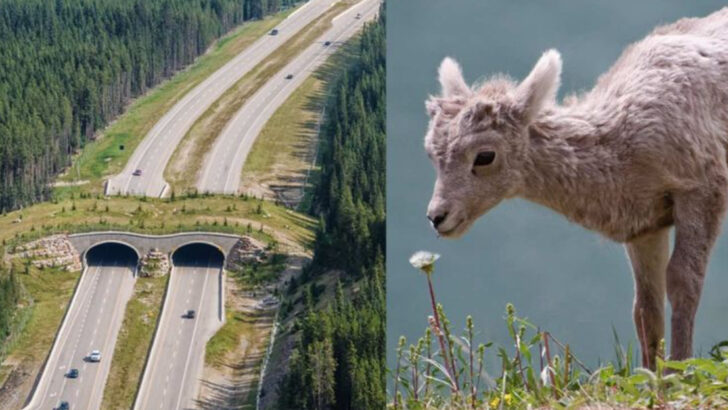Wildlife corridors are the lifelines that our planet’s creatures desperately need to survive. Without them, countless species face the terrifying risk of extinction as their habitats shrink and break apart.
These passageways are the secret heroes in the battle against habitat fragmentation. They give animals the freedom to roam, find food, and breed—without them, many would be trapped in shrinking pockets of land.
In this post, we’ll spotlight 23 incredible wildlife corridors that are changing the game. From lush forests to open plains, these corridors are helping to save species on the brink of disappearing forever. Get ready to discover the unsung heroes working tirelessly to keep the balance of nature intact.
Yellowstone to Yukon
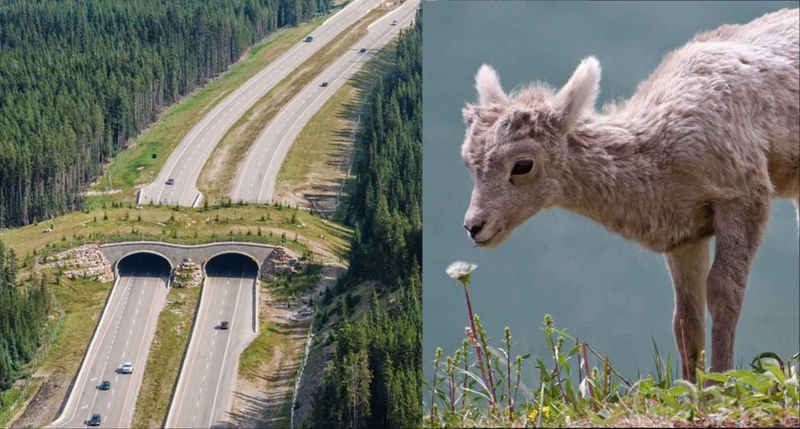
The Yellowstone to Yukon corridor spans 3,200 kilometers, connecting habitats from the United States to Canada. It serves as a vital lifeline for species like grizzly bears and wolves, enabling them to roam freely and maintain genetic diversity.
This corridor helps mitigate the effects of climate change by allowing species to move to suitable habitats.
Conservation efforts focus on maintaining contiguous landscapes, reducing human-wildlife conflict, and restoring ecosystems.
These initiatives are crucial in preserving the natural beauty and ecological integrity of the region, making it a haven for wildlife.
The Mesoamerican Biological Corridor
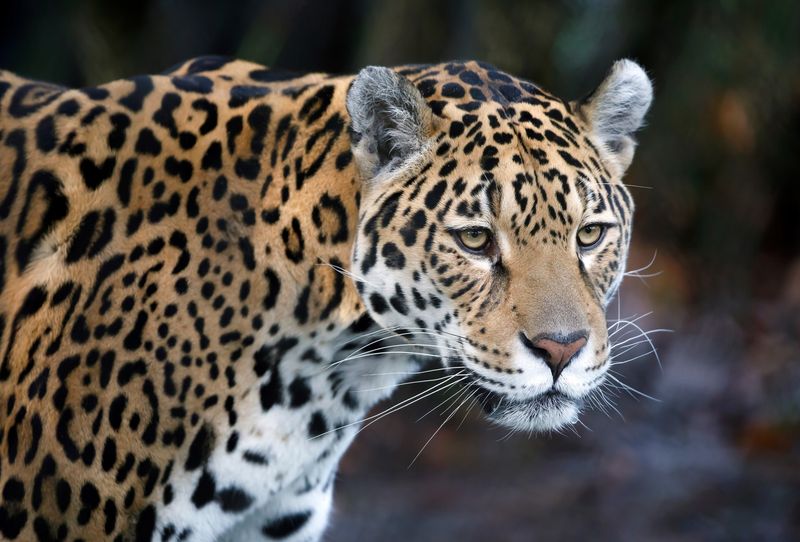
Spanning across seven countries, the Mesoamerican Biological Corridor is a network of protected areas and sustainable land-use practices. It aims to connect wildlife habitats from southern Mexico to Panama.
This corridor supports a rich biodiversity, including iconic species like jaguars and scarlet macaws. Efforts focus on sustainable agriculture and ecotourism, benefiting both local communities and biodiversity.
By fostering cooperation among governments, NGOs, and indigenous groups, this corridor enhances habitat connectivity and resilience against environmental changes. It plays a crucial role in preserving Central America’s ecological heritage.
The Eastern Himalayas Corridor
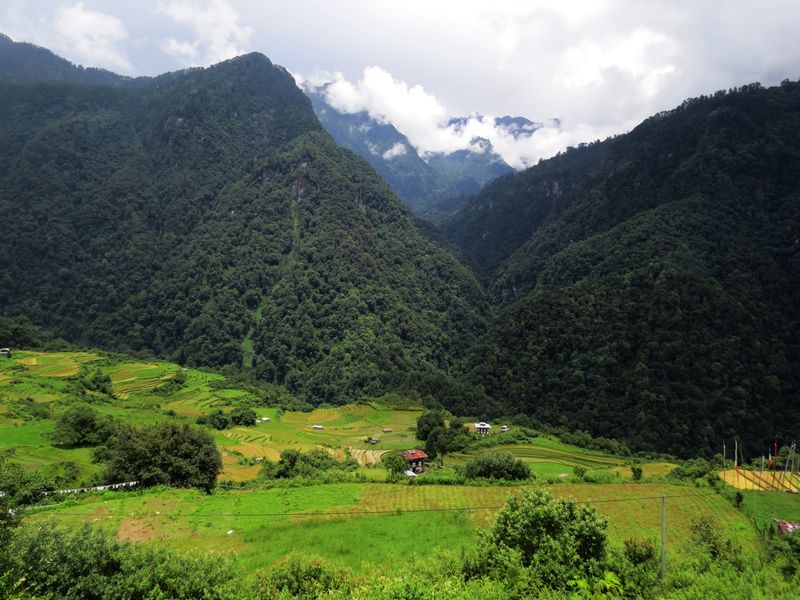
The Eastern Himalayas Corridor connects diverse ecosystems across Bhutan, India, and Nepal. This region is home to unique species, including the snow leopard and red panda.
The corridor facilitates seasonal migrations and genetic exchange among populations, enhancing biodiversity. Conservation strategies focus on habitat restoration, anti-poaching measures, and community-based wildlife management.
These initiatives are vital for protecting the region’s rich natural heritage and ensuring sustainable livelihoods for local communities. The corridor is an ecological treasure, fostering harmony between nature and human development.
The Australian Great Eastern Ranges Initiative
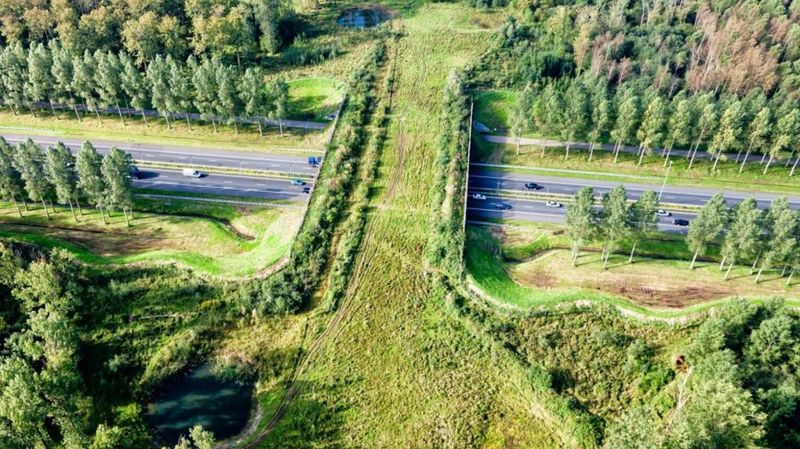
The Great Eastern Ranges Initiative is a conservation effort connecting habitats along Australia’s eastern seaboard. This corridor supports iconic wildlife like koalas and platypuses, providing them with crucial migration routes.
Efforts focus on restoring native vegetation, managing invasive species, and engaging local communities in conservation. By enhancing landscape connectivity, this initiative helps mitigate the impacts of climate change and habitat fragmentation.
It plays a vital role in maintaining Australia’s unique biodiversity and ecological resilience.
The Brazilian Amazon Wildlife Corridor

The Brazilian Amazon Wildlife Corridor aims to connect fragmented habitats within the Amazon rainforest, the world’s most biodiverse region. It supports species like jaguars and tapirs, ensuring their survival in the face of deforestation.
Efforts focus on reforestation, sustainable land management, and indigenous community involvement. By maintaining ecological corridors, this initiative enhances resilience against environmental threats and preserves the Amazon’s unparalleled biodiversity.
It is a crucial step in combating climate change and protecting vital ecosystems.
The East African Serengeti-Mara Ecosystem
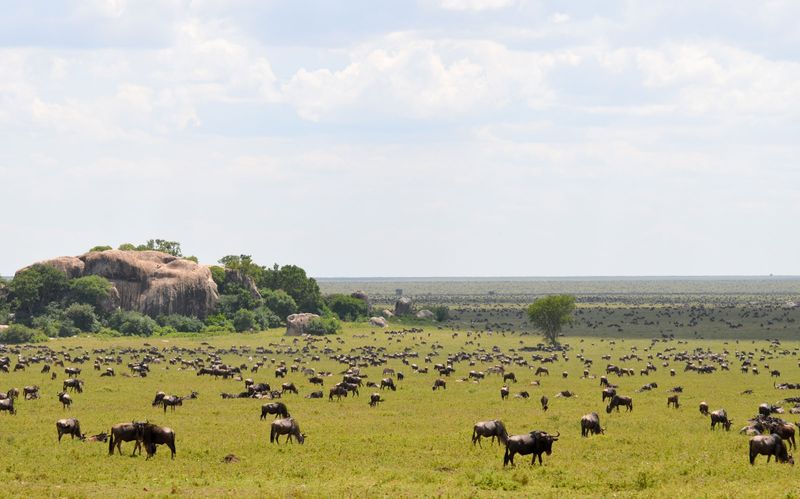
The Serengeti-Mara Ecosystem is a renowned wildlife corridor, supporting the Great Migration of millions of wildebeest, zebras, and gazelles. This annual spectacle is vital for maintaining ecological balance and biodiversity in East Africa.
Conservation efforts focus on anti-poaching measures, habitat restoration, and community engagement. By preserving this corridor, stakeholders aim to safeguard the region’s natural heritage and promote sustainable tourism.
It exemplifies the harmony between wildlife conservation and human livelihoods.
The Florida Wildlife Corridor

The Florida Wildlife Corridor connects natural habitats across the state, supporting species like the Florida panther and black bear. This corridor ensures these animals have room to roam and thrive despite urbanization.
Efforts involve land acquisition, habitat restoration, and promoting wildlife-friendly practices among landowners. By enhancing landscape connectivity, this initiative protects Florida’s unique ecosystems and biodiversity.
It underscores the importance of coexistence between human development and wildlife conservation.
The Borneo Heart of Borneo Initiative
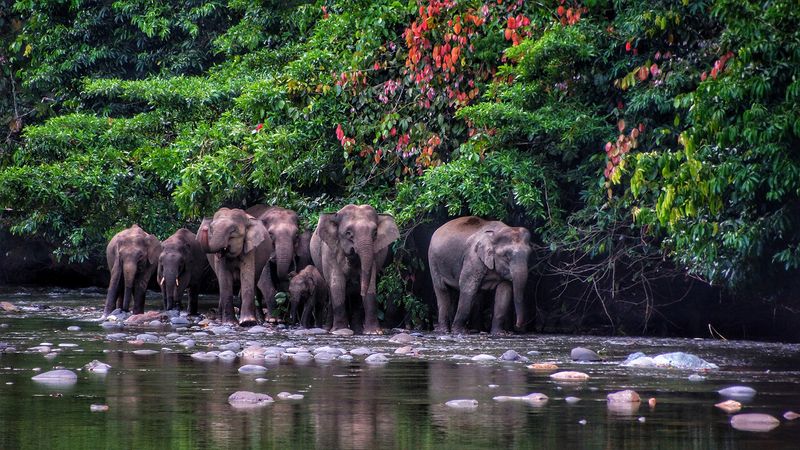
The Heart of Borneo Initiative aims to conserve one of the world’s oldest rainforests, home to species like orangutans and pygmy elephants. This corridor connects protected areas across Brunei, Indonesia, and Malaysia.
Efforts focus on sustainable forestry, combating illegal logging, and community-based conservation. By enhancing habitat connectivity, the initiative ensures the survival of Borneo’s unique flora and fauna.
It plays a crucial role in maintaining the island’s ecological balance and cultural heritage.
The Chocó-Darien Conservation Corridor
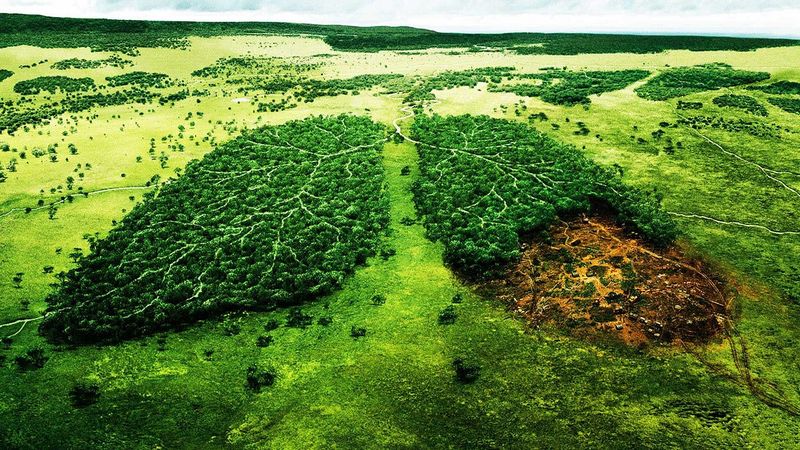
The Chocó-Darien Conservation Corridor spans Colombia, Ecuador, and Panama, encompassing one of the world’s most biodiverse regions. It supports species like the harpy eagle and spectacled bear.
Conservation efforts focus on protecting critical habitats, promoting sustainable land use, and involving local communities in conservation.
By ensuring ecological connectivity, this corridor enhances the resilience of ecosystems against environmental changes. It is a beacon of hope for preserving the rich biodiversity of the Chocó-Darien region.
The Russian Far East Tiger Corridor
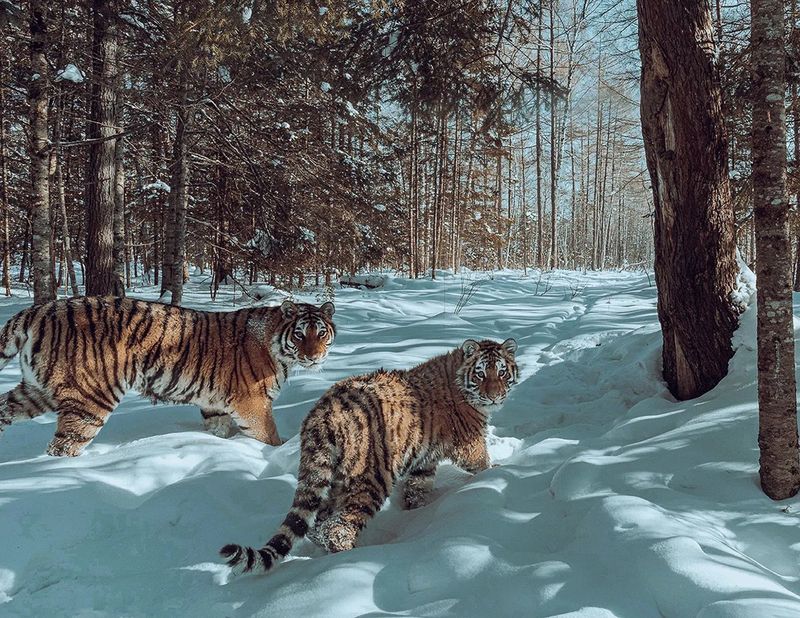
The Russian Far East Tiger Corridor is vital for the survival of the endangered Siberian tiger. This corridor links isolated tiger populations, allowing genetic exchange and wider territory access.
Conservation strategies include anti-poaching patrols, habitat restoration, and community engagement. By protecting these corridors, stakeholders aim to ensure a viable future for the Siberian tiger and other wildlife.
This initiative exemplifies the importance of international cooperation in wildlife conservation.
The Rocky Mountain Wildlife Corridor
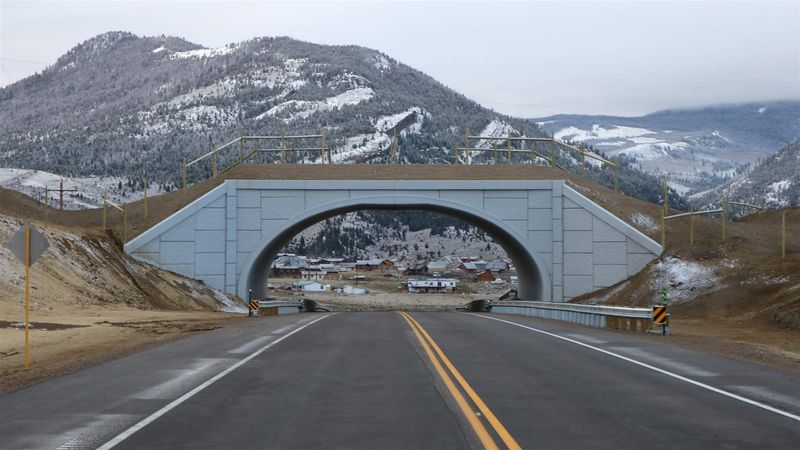
The Rocky Mountain Wildlife Corridor connects habitats from Canada to New Mexico, supporting species like elk and mountain lions. This corridor allows animals to migrate safely and adapt to changing climates.
Efforts focus on habitat preservation, reducing human-wildlife conflict, and promoting sustainable land management. By enhancing connectivity across landscapes, this initiative supports biodiversity and ecological resilience.
It highlights the importance of collaborative conservation efforts spanning international borders.
Andean Spectacled Bear Corridor
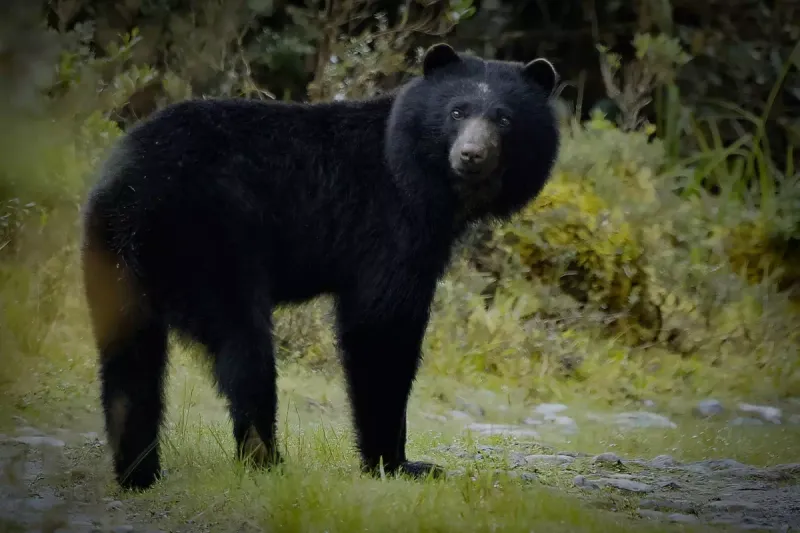
The Andean Spectacled Bear Corridor stretches across the cloud forests of South America, providing a refuge for the only bear species native to this region. These forests are rich in biodiversity, supporting unique flora and fauna.
Conservation efforts focus on habitat restoration and connecting fragmented landscapes. By doing so, spectacled bears can migrate between different areas to find food and mates, crucial for their survival.
Community involvement is integral, with programs aimed at reducing human-bear conflicts and promoting sustainable agriculture. Preserving this corridor not only benefits the spectacled bear but also protects the delicate ecosystems of the Andean mountains.
The South African Greater Mapungubwe Transfrontier Conservation Area

The Greater Mapungubwe Transfrontier Conservation Area is a cross-border initiative in Southern Africa, linking habitats across Botswana, South Africa, and Zimbabwe. It supports species like elephants and lions.
Efforts focus on anti-poaching measures, habitat restoration, and sustainable tourism. By fostering international cooperation, this initiative ensures the preservation of biodiversity and cultural heritage.
It is a testament to the power of collaborative conservation efforts in the region.
The Indian Western Ghats Biodiversity Corridor
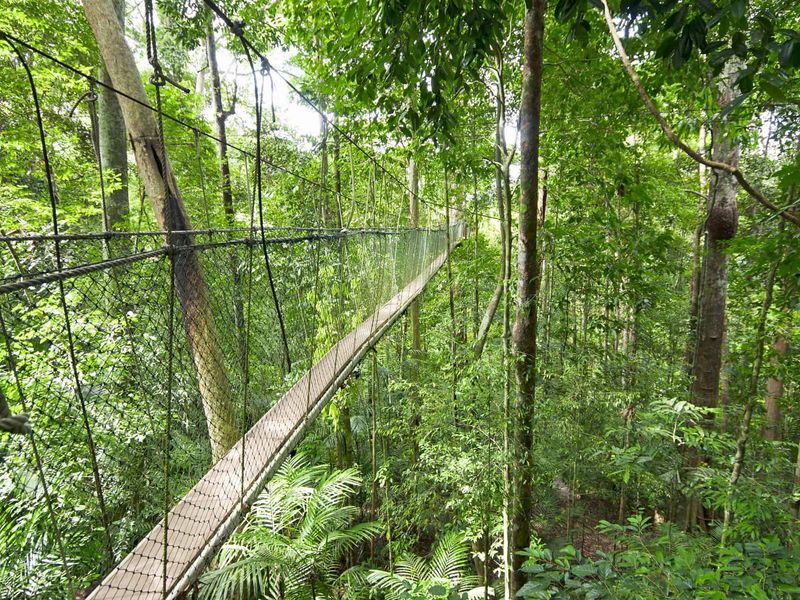
The Western Ghats Biodiversity Corridor connects fragmented forests across southwestern India, supporting species like tigers and elephants. This corridor enhances ecological connectivity and resilience.
Conservation strategies focus on habitat restoration, community involvement, and sustainable land-use practices. By preserving these linkages, the initiative ensures the survival of the region’s rich biodiversity and cultural heritage.
It highlights the critical role of community-based conservation in biodiversity hotspots.
The Canadian Boreal Forest Conservation Framework
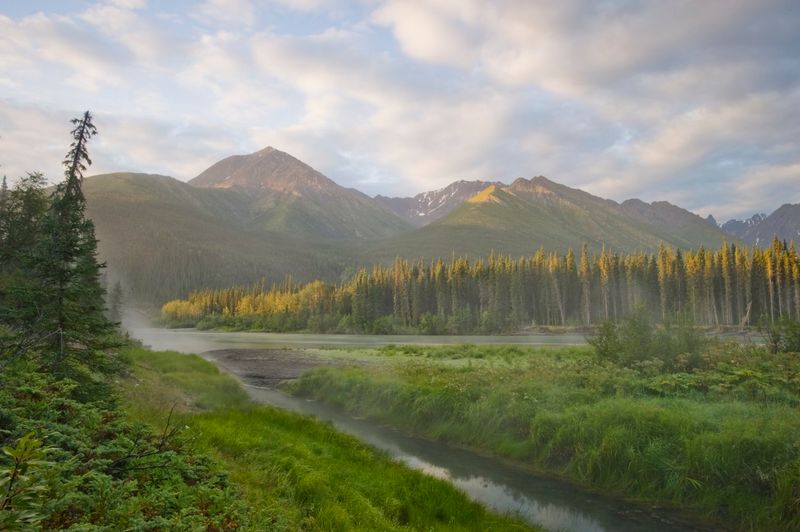
The Canadian Boreal Forest Conservation Framework aims to protect the boreal forest, home to species like moose and lynx. This corridor supports wildlife movement and ecological processes across northern Canada.
Efforts focus on indigenous-led conservation, sustainable forestry, and habitat preservation. By enhancing connectivity, this framework safeguards biodiversity and combats climate change.
It emphasizes the importance of indigenous knowledge in conservation.
The Mongolian Altai-Sayan Eco-Region
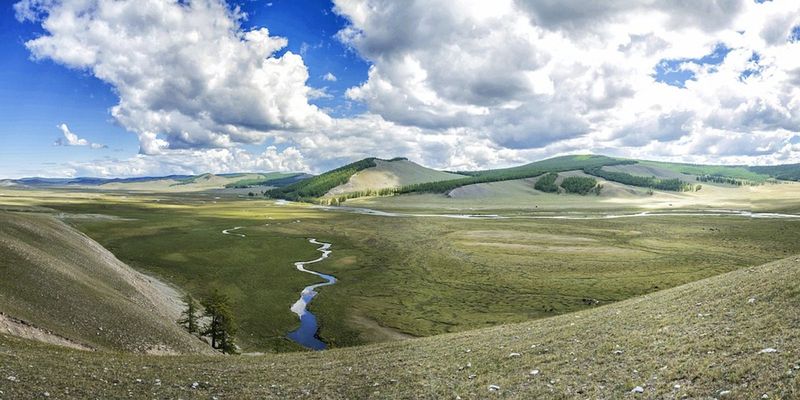
The Altai-Sayan Eco-Region is a transboundary corridor in Mongolia and Russia, supporting species like snow leopards and ibex. This region is critical for biodiversity and cultural heritage.
Conservation efforts focus on habitat preservation, anti-poaching activities, and community engagement. By protecting this corridor, stakeholders aim to ensure the survival of unique species and traditional practices.
It exemplifies the synergy between ecology and cultural preservation.
The Patagonian Coastal Marine Corridor

The Patagonian Coastal Marine Corridor supports diverse marine life along Argentina and Chile’s southern coasts. This corridor is vital for species like southern right whales and Magellanic penguins.
Efforts involve marine protected areas, sustainable fisheries, and scientific research. By preserving this marine corridor, stakeholders aim to maintain ecological balance and enhance resilience against climate change.
It highlights the importance of marine conservation in safeguarding biodiversity.
The Indonesian Sumatran Tiger Conservation Landscape
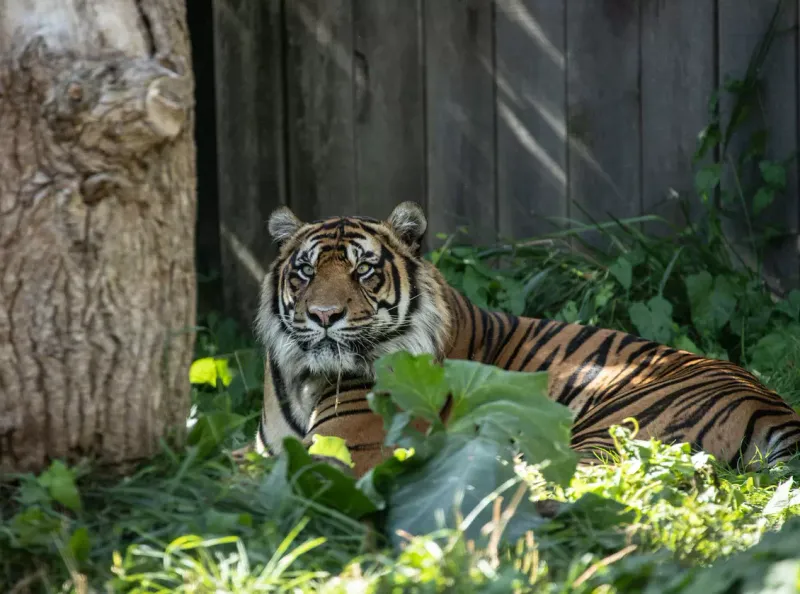
The Sumatran Tiger Conservation Landscape connects core habitats across Sumatra, supporting the critically endangered Sumatran tiger. This corridor ensures genetic diversity and wider territory access.
Conservation strategies include anti-poaching measures, habitat restoration, and community involvement. By protecting these linkages, stakeholders aim to secure a future for the Sumatran tiger and other wildlife. It underscores the urgent need for coordinated conservation efforts in Sumatra.
The Arctic Wildlife Corridor
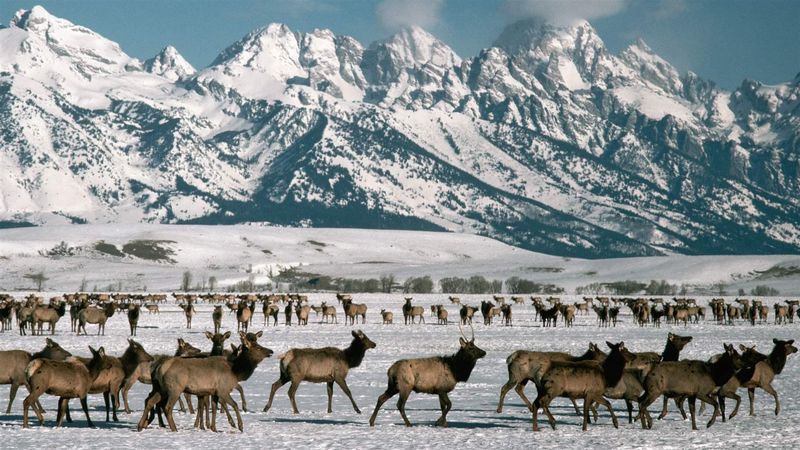
The Arctic Wildlife Corridor supports species like polar bears and caribou, allowing them to migrate in response to changing ice conditions. This corridor enhances ecological resilience in a rapidly warming region.
Conservation efforts focus on protecting critical habitats, monitoring species movements, and fostering international cooperation. By preserving this corridor, stakeholders aim to ensure the survival of Arctic wildlife and ecosystems. It highlights the global importance of Arctic conservation.
The Appalachian Mountain Corridor
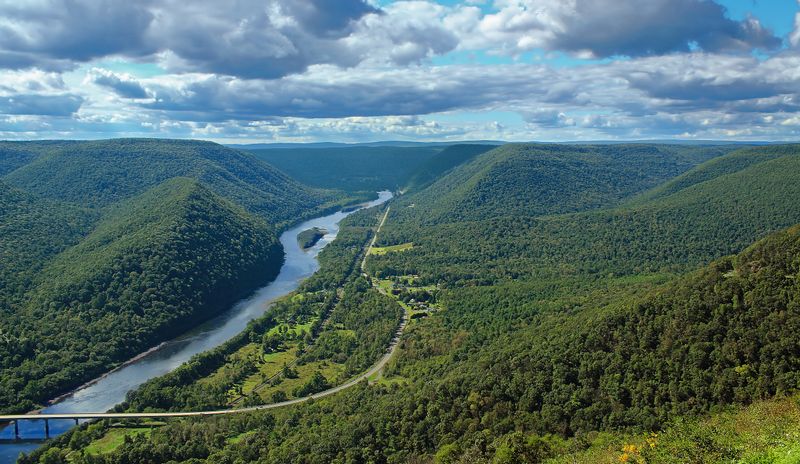
The Appalachian Mountain Corridor connects habitats from Alabama to Canada, supporting species like black bears and salamanders. This corridor enhances biodiversity and ecological processes in eastern North America.
Efforts focus on habitat restoration, land protection, and community engagement. By securing these linkages, stakeholders aim to maintain the region’s natural heritage and ecological health. It exemplifies the power of regional cooperation in conservation.
Caucasus Wildlife Refuge
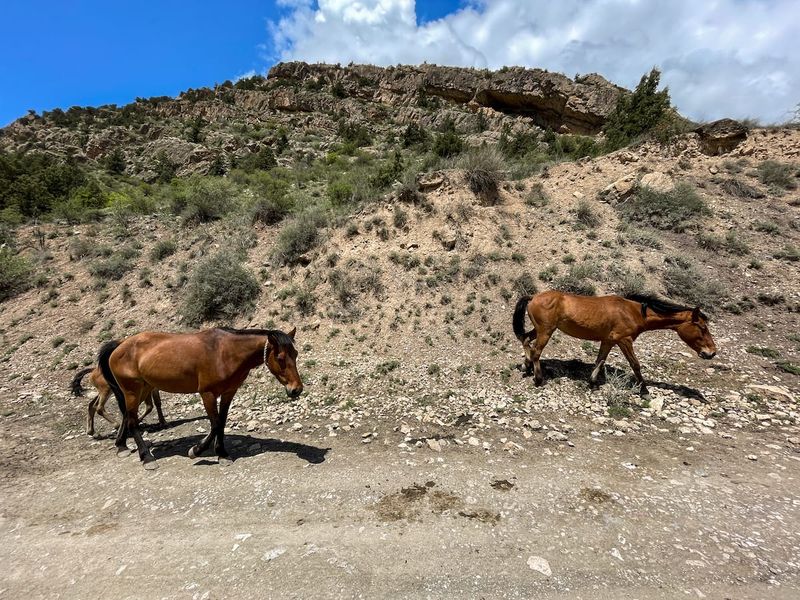
Nestled between Europe and Asia, the Caucasus Wildlife Refuge is a critical corridor for numerous species, including the Caucasian leopard and lynx. Its rugged terrain and diverse climates provide ample niches for wildlife to thrive.
Conservation efforts focus on reducing human-wildlife conflict and protecting the natural landscape from industrial threats. The refuge acts as a safe haven where species can move unimpeded across borders.
Collaborative projects engage local communities in sustainable tourism and wildlife monitoring, fostering a sense of stewardship and pride in their natural heritage. Protecting this corridor is vital for maintaining the rich biodiversity of the region.
The African Elephant Corridor
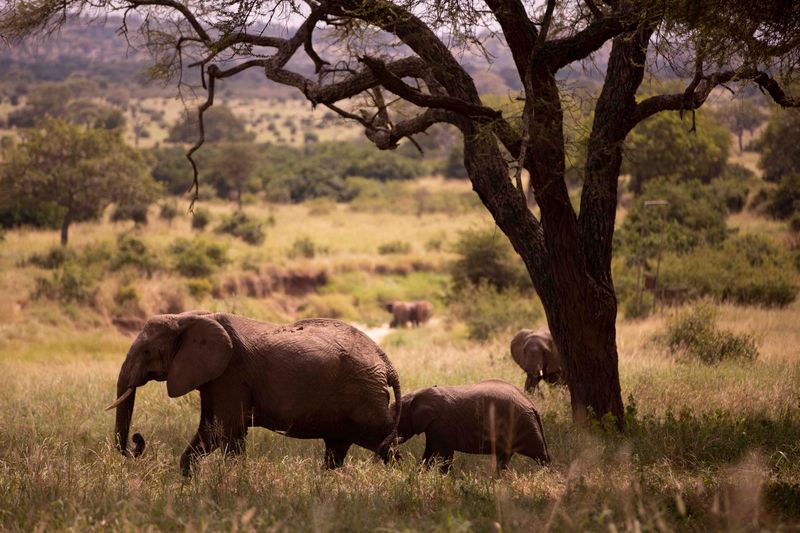
The African Elephant Corridor connects key habitats across Southern and Eastern Africa, supporting elephant populations and their migratory routes. This corridor enhances biodiversity and ecological resilience.
Conservation efforts focus on anti-poaching measures, habitat protection, and community-based wildlife management. By securing these linkages, stakeholders aim to ensure the survival of elephants and other wildlife.
It highlights the critical role of transboundary cooperation in African conservation.
The Romanian Carpathian Mountains Corridor
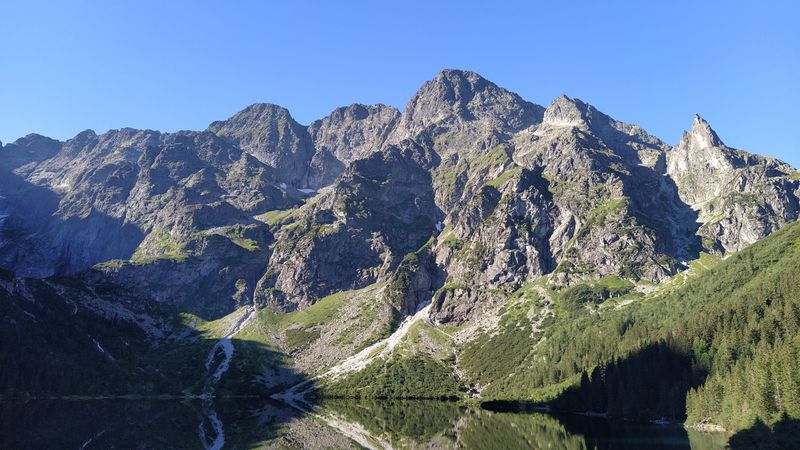
The Carpathian Mountains Corridor in Romania connects diverse habitats supporting species like brown bears and wolves. This corridor enhances ecological connectivity and biodiversity.
Efforts focus on habitat preservation, reducing human-wildlife conflict, and promoting sustainable development. By protecting these linkages, stakeholders aim to maintain the natural heritage and ecological health of the region. It exemplifies the importance of regional collaboration in conservation.

